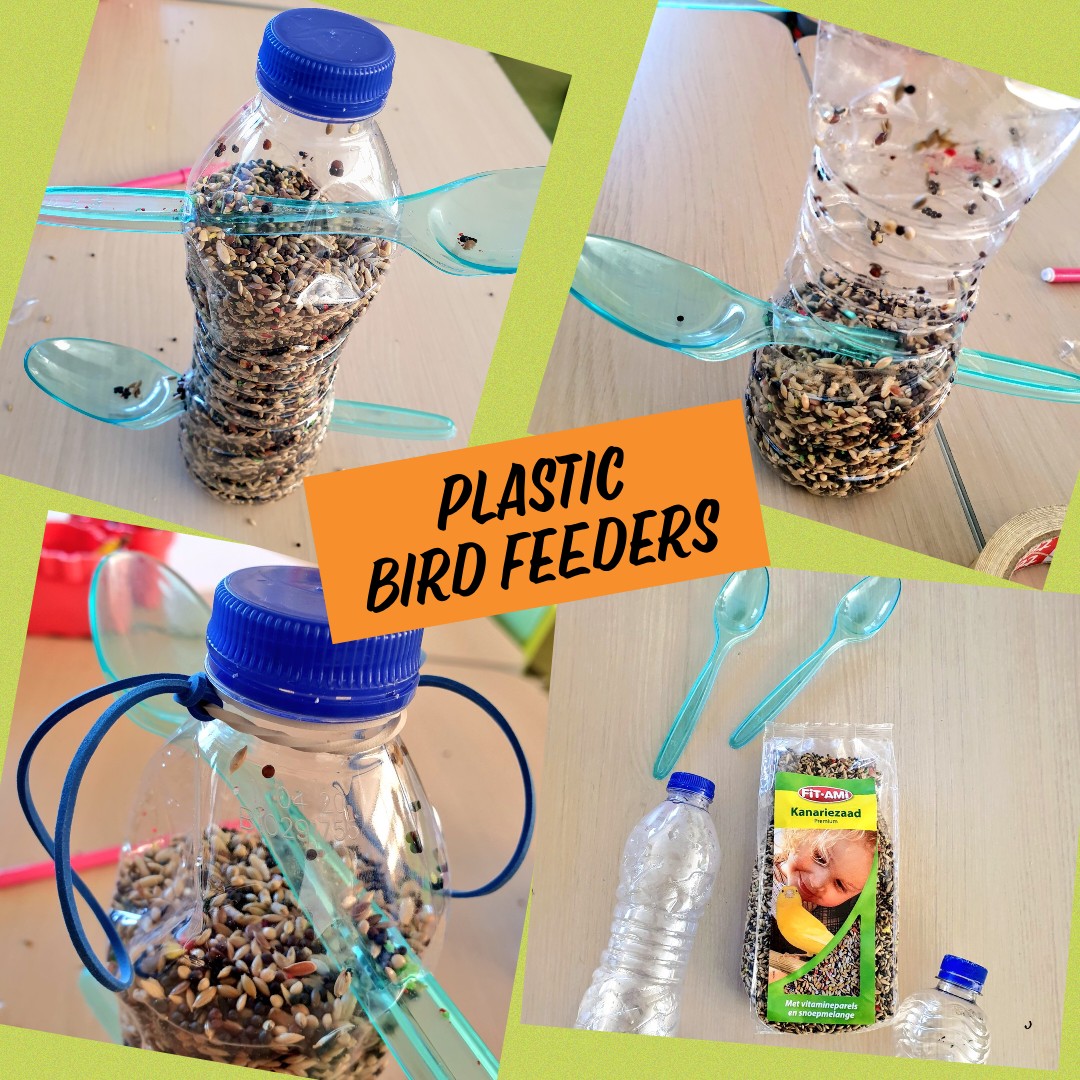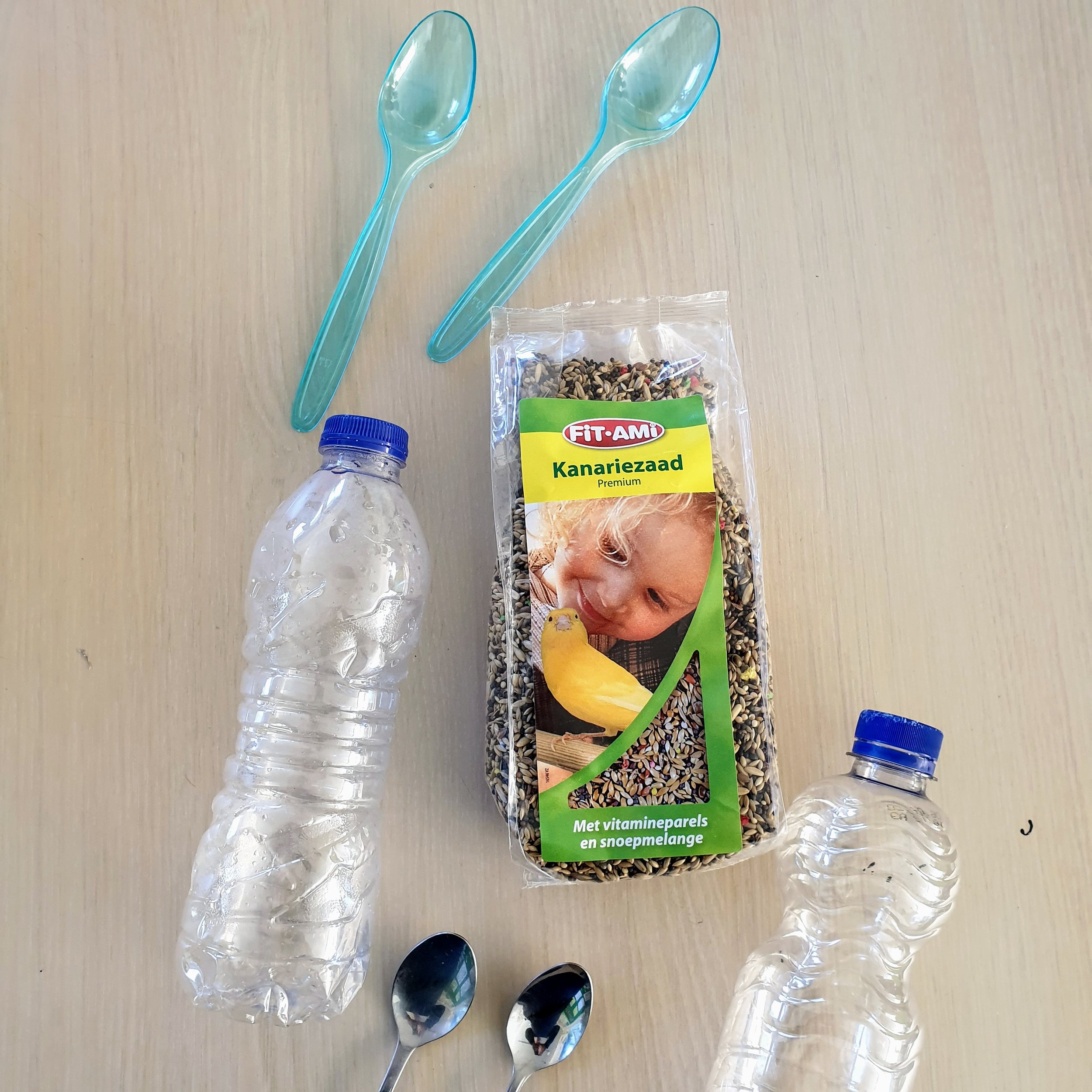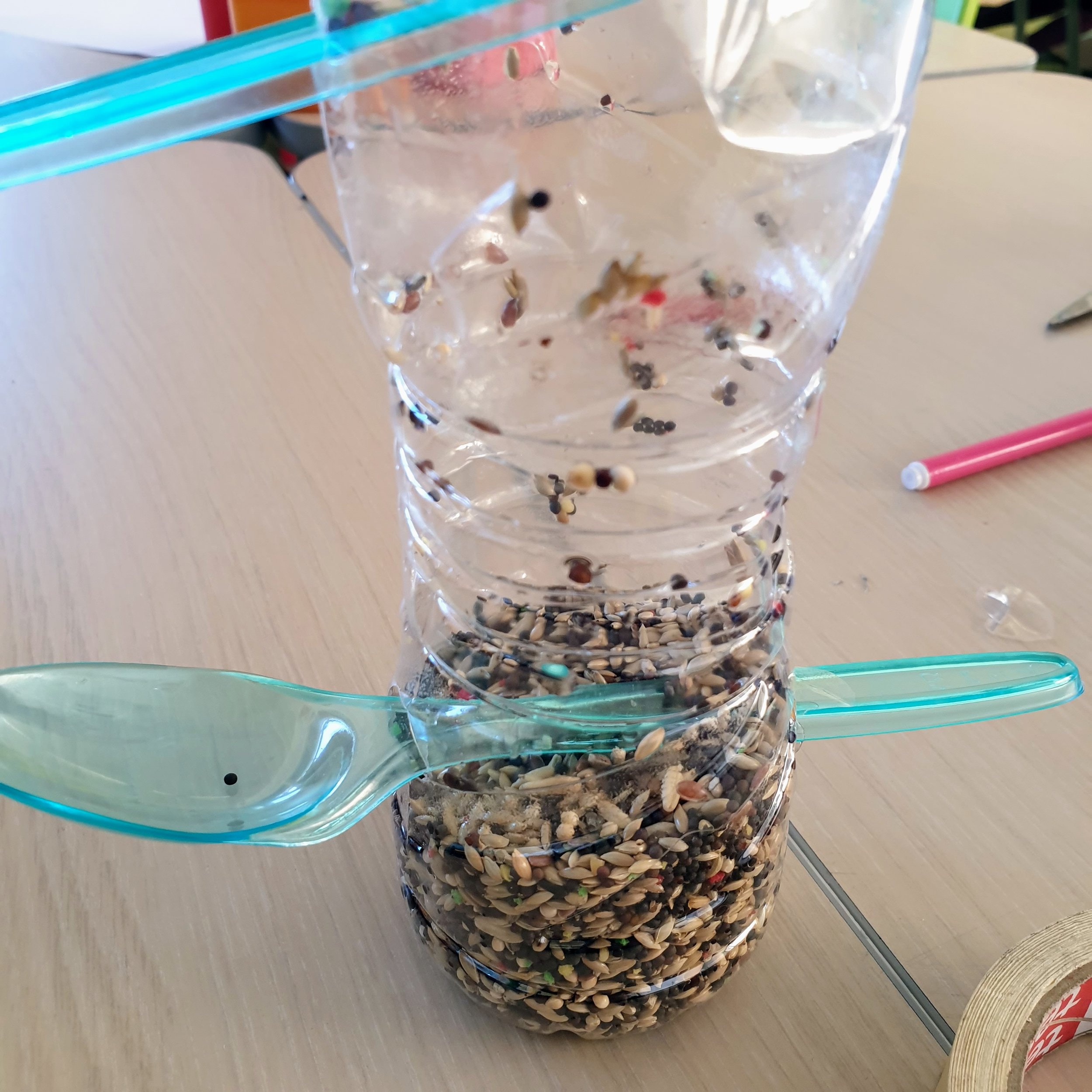How to Make a Plastic Bottle Bird feeder
During our recent STEM week (Science, Technology, Engineering, and Mathematics) my class had the opportunity to learn more about the topic of plastic and how we can recycle and transform a regular plastic bottle into a fully functional homemade bird feeder.
Before We Started
It is always good to provide some context and additional background learning. As a result, I built on the children’s prior knowledge by asking them to note down and describe the different variety of birds they had seen in and around the school grounds and their neighbourhoods, where they lived.
Once we had established a greater understanding, I then I posed the question “What do you think birds like to eat?”
From this question we could ascertain a meaningful response and develop a greater understanding and further explain that different types of birds like all kinds of foods.
We acknowledged the different types of bird food were insects, worms, fruit, nectar, and bird seeds. I then explained that we were going to make a Plastic Bird Feeder from an old plastic bottle and this would allow us to not only develop a greater awareness of recycling, but also make a bird feeder that can be filled with seeds. It can either then be used in the school grounds or at home.
Materials You Will Need
2-litre plastic bottle (or smaller)
Twine or wire
1 set of plastic spoons
Scissors or a knife
Tape (waterproof an advantage)
A funnel
Bird seed
What You Do
Firstly, wash inside of the bottle, remove the labels and dry it with a towel. If you are using soap, make sure there is no soap left inside.
Turn the bottle over. Tell the children to use scissors or a knife to cut or poke two small holes in the bottom of the bottle. Be careful when using the scissors and use them with great care. Throughout the activity, make sure the children keep a safe distance away each time they cut the holes.
Make sure the holes are not too wide. Carefully then feed the plastic spoons through the holes and secure at one end with a little tape. This will stop the spoon sliding in and out of the feeder. The birds can also use it to sit on.
The bottle top should be facing upwards and you can then tip in some nuts and fill it to the very top. Some of the nuts will slide out onto the spoon where the birds an easily sit and eat them.
At the top where the bottle top is, you will need to apply some twine or wire to allow the bird feeder to securely attach itself to the tree branches. Make sure it is strong enough.
My Latest Education Resource
More Blog Posts
You can read more of my previous blog posts from the list below.
Why you should go for walks after work








